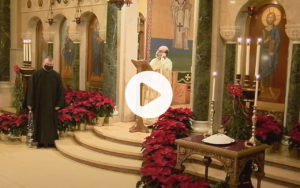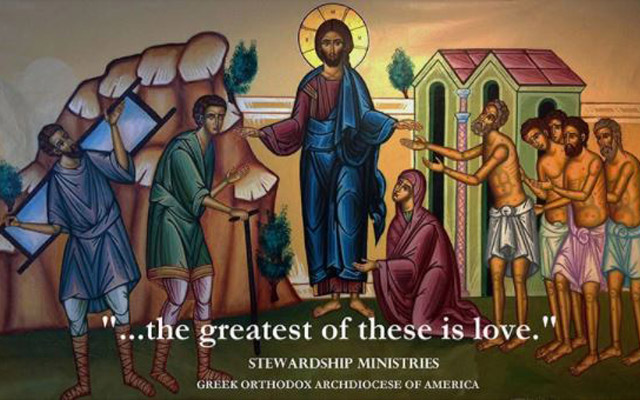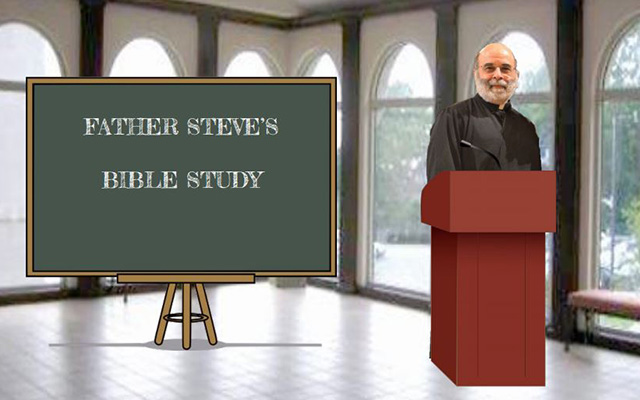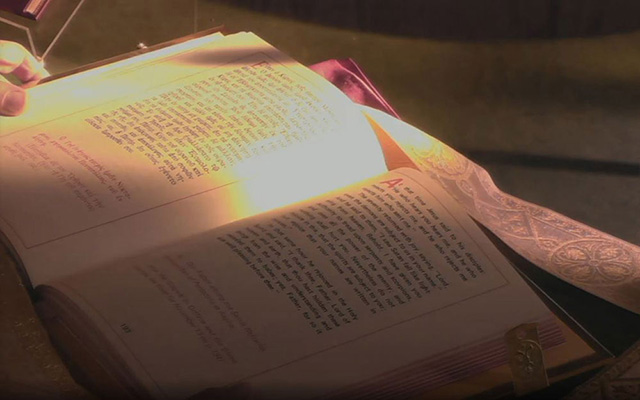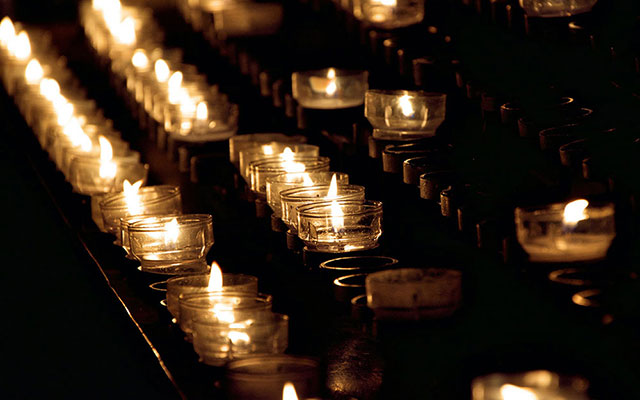He Went Up the Mountain to Pray
Sermon preached by Fr. Antony Hughes on Sunday, August 29, 2021. In our changing times when many are questioning the relevance of the Church, I was reminded of a quote by Carl Jung that sparked this meditation. “It is high time that we realize it is pointless to praise the light and preach it if nobody can see it. It is more needful to teach people the art of seeing.” How, then, do we teach


